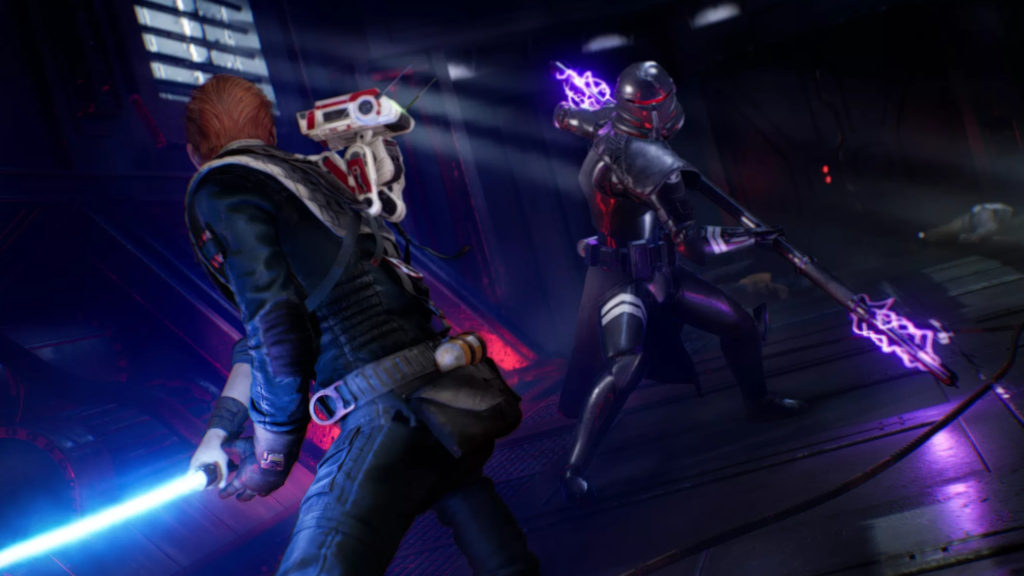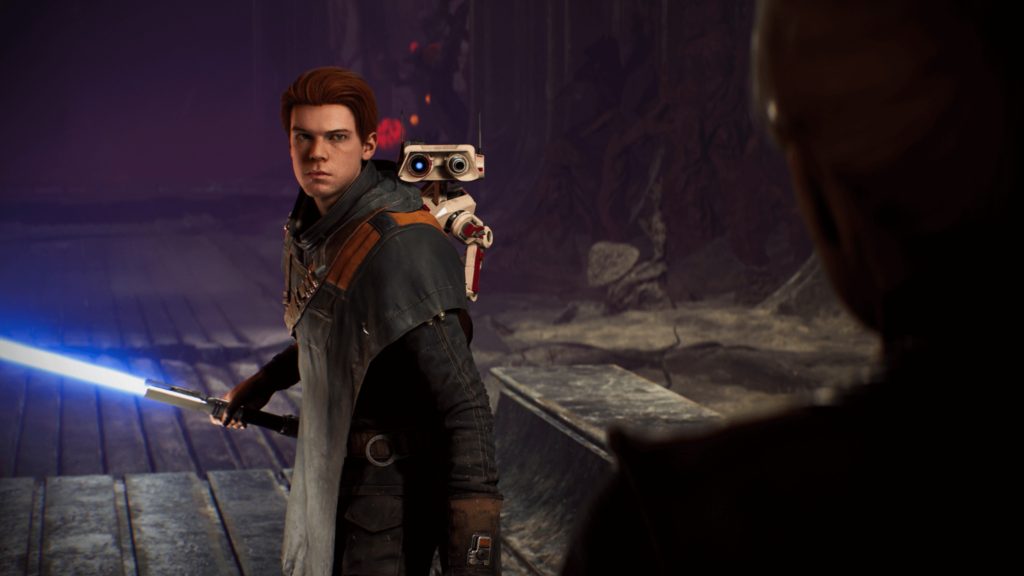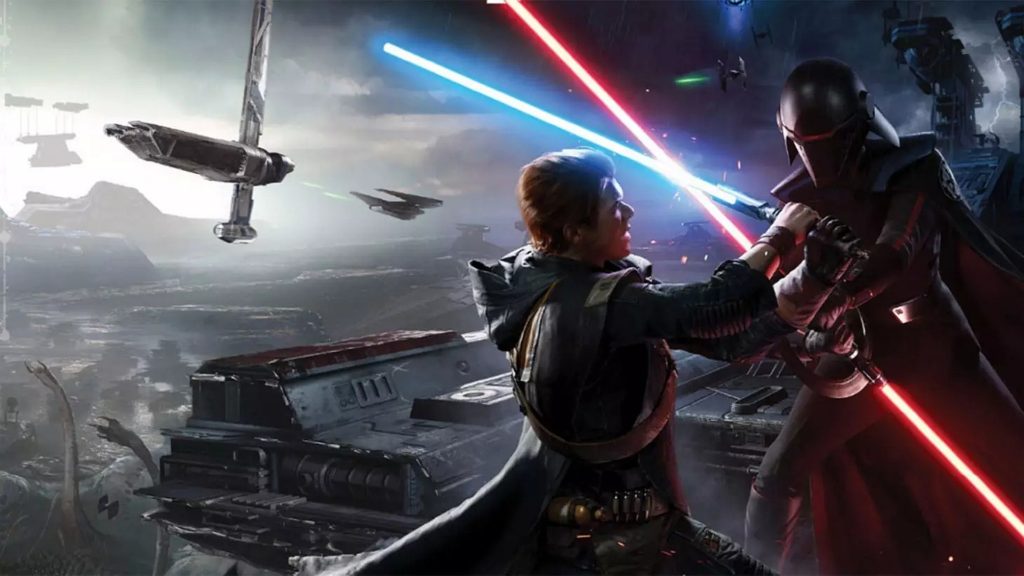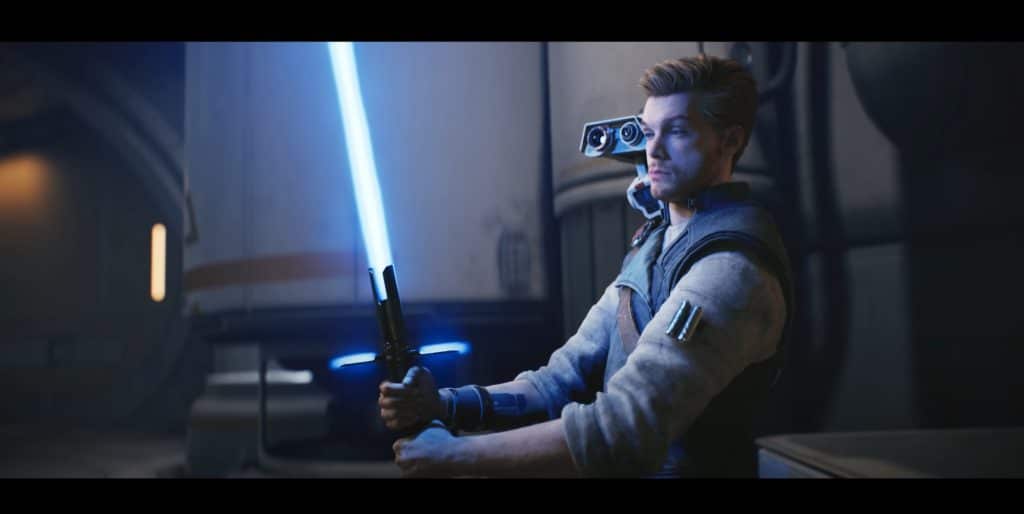I do love free next-gen upgrades of games. It’s a practical move and won’t cost us a single cent. The step-by-step process of upgrading your PS4 games to its PS5 version is easy and convenient, and you simply have to import the PS4 save files and the system will do the rest.
Electronic Arts kept itself silent until June 11, the day when the company officially unveiled that Respawn Entertainment’s Star Wars game, Jedi: Fallen Order, is going to get a next-gen version. It was supposed to be a surprise update, but leakers are quick to sniff it out. While I was excited to play Jedi: Fallen Order once again, and to finally unlock the Platinum trophy, the PS5 upgrade was, undeniably, underwhelming. Really.
As a huge Star Wars fan myself, and giving the game a 9 out of 10 score based on my review almost 2 years ago, this upgrade didn’t feel like an upgrade at all. I won’t go in-depth and talk about what the game is all about, you can read my review of the PS4 version right here. This review will focus more on the benefits of the PS5 version.

The PS5 serves its purpose to run Jedi: Fallen Order at a higher resolution when you’re playing the game on Resolution mode. It performs consistently at 30 frames per second, and the so-called ‘improvements in the textures’ seem negligible. I hardly see any significant enhancements in the character models, the assets, and even the environments which makes the game look almost similar to the PS4 version. However, thanks to the higher resolution output, the game looks crisper than it was on PS4 Pro at least.
I’m sad to report that in Performance mode the game can only reach 1440p (upscaled to 4k) for it to run consistently at 60 frames per second. Even if the PS5 packs the latest AMD RDNA 2 GPU chip, the hardware still struggles to reach 4K at 60 frames with a lower graphical configuration.
Nevertheless, exploring Bogano and Zeffo felt smooth, which I believe are the heaviest in terms of the raw graphical power need. But exploration can be different, so how does the PS5 hold up in terms of combat and its in-game scenes? Pretty good, I would say. There aren’t any performance hits when you’re battling against the Nightsisters in Dathomir or a full platoon of Stormtroopers in Kashyyk. Swinging your lightsaber still felt fluid like the PS4 Pro version of the game, making the difference between the PS4 Pro’s Performance mode is disappointingly insignificant.

The PS5 does wonders with the game’s load times, it’s relatively quick. However, an annoying bug from the PS4 version finds itself creeping into the next-gen version. This bug prevents me from using BD-1 to slice locked chests and doors, and it led me to think that Respawn poorly ported this over to the PS5. Bugs like these can be a game-breaker if it’s not fixed, it prevents us from accessing certain areas.
But if you’re looking for DualSense add-ons, you’ll end up disappointed.
Respawn implemented a rather lackluster, underdeveloped haptic feedback feature. When you sprint, you’ll feel the tap vibration from the DualSense for only a few seconds and it disappears, unlike most games that take advantage of the next-gen PS5 feature (Astro’s Playroom and Ratchet & Clank: Rift Apart). There are also no adaptive triggers, which would have been a nice add-on to expand the immersive experience like the triggers resist when using Force abilities.
With all these performance improvements, Star Wars Jedi: Fallen Order runs amazing on the PS5, which is, no doubt, a big plus but I hardly consider this a next-gen upgrade. If you find a person who’s selling a PS4 version, I would highly recommend that over buying the PS5 one that costs $39.99.
Star Wars Jedi: Fallen Order is already available on PS4, Xbox One, PC, PS5, and Xbox Series X|S. Free next-gen upgrades are available for PS4 and Xbox One owners.





